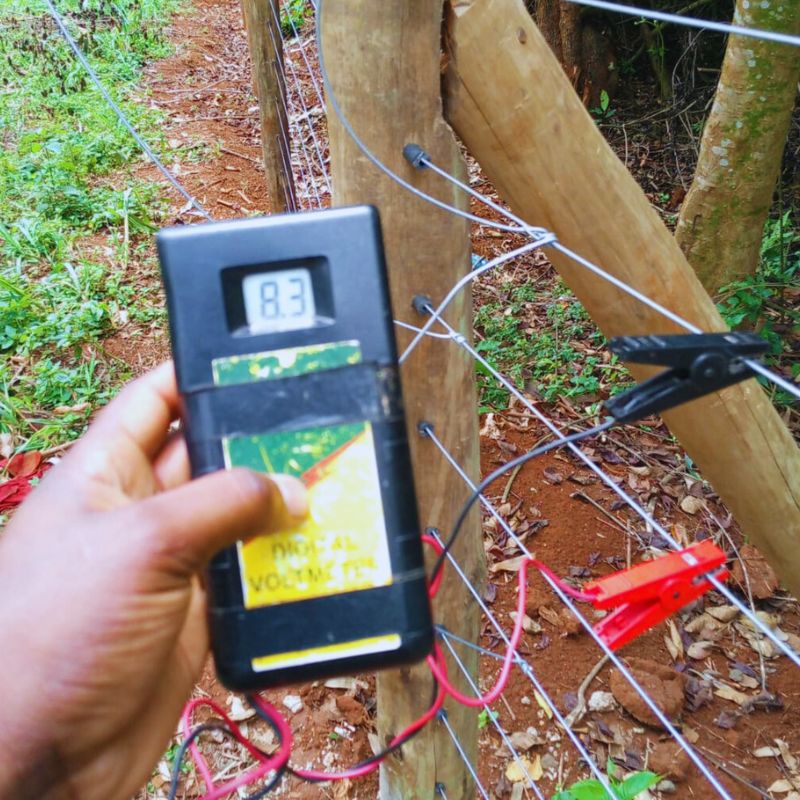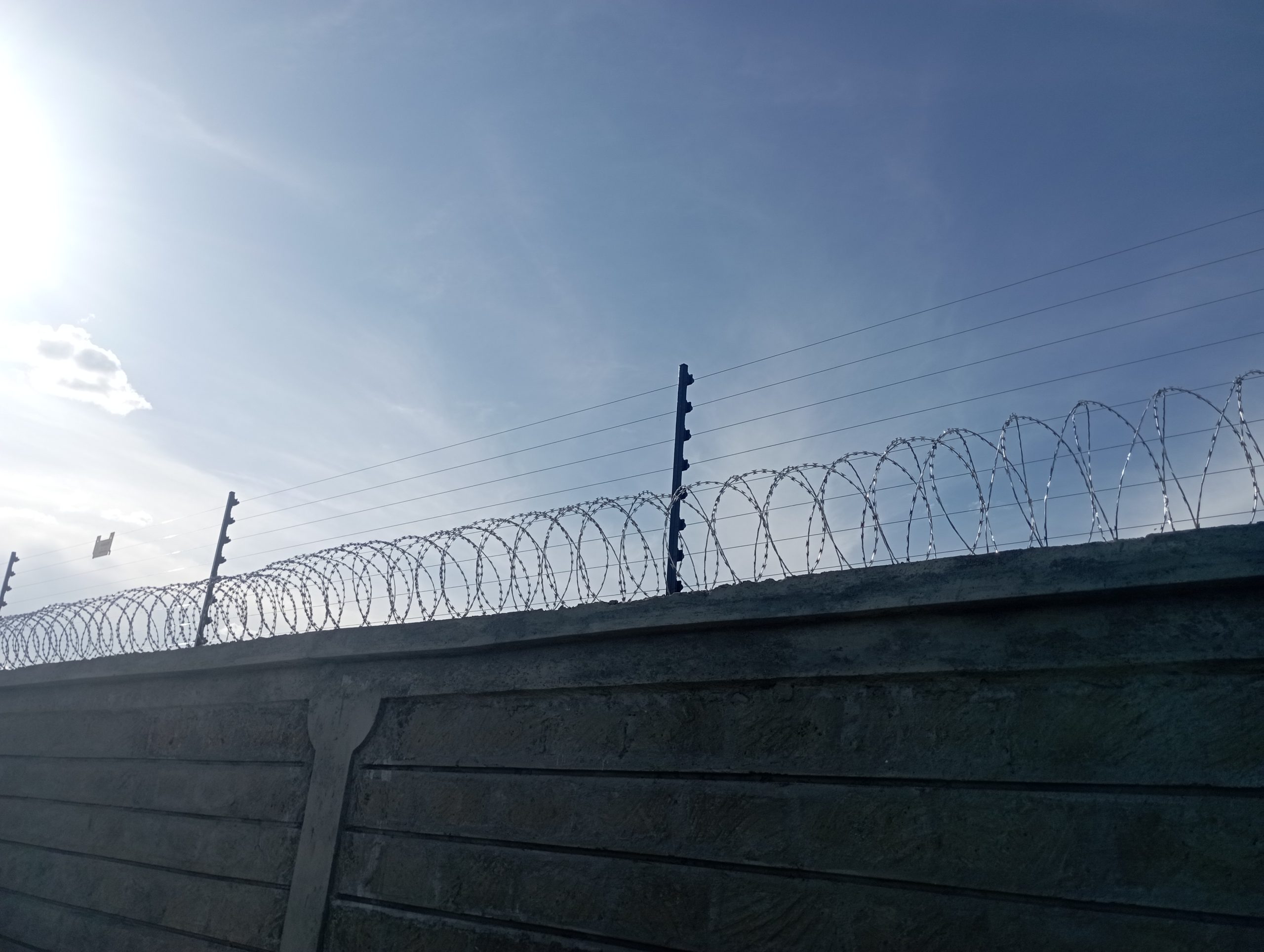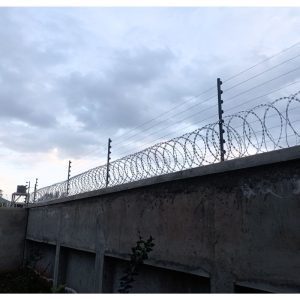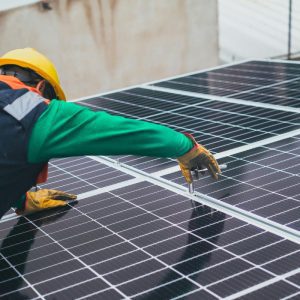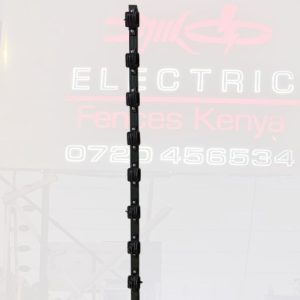Description
Common Electric Fence Issues and Solutions
Here are some common issues you might encounter with your electric fence and how to address them:
-
Low Voltage:
- Check the Energizer: Ensure it’s functioning correctly and has sufficient power.
- Inspect the Fence Line: Look for breaks, damaged insulators, or vegetation growth touching the wires.
- Verify Grounding: A poor ground can significantly reduce voltage.
-
Broken or Damaged Wires:
- Repair or Replace: Carefully fix or replace damaged sections of the wire.
- Ensure Proper Tension: Loose wires can reduce the shock and effectiveness of the fence.
-
Faulty Insulators:
- Inspect for Damage: Check for cracks, chips, or other signs of wear.
- Replace Damaged Insulators: Ensure they are securely fastened to the posts.
-
Vegetation Growth:
- Regularly Trim: Keep vegetation away from the fence line to prevent short circuits.
-
Animal Damage:
- Repair Damage Promptly: Fix any damage caused by animals, such as gnawed wires or broken posts.
- Consider Deterrents: Use additional deterrents like visual or auditory alarms to discourage animals.
Regular Maintenance Tips
- Visual Inspection: Regularly check the entire fence line for any signs of damage or wear.
- Test Voltage: Use a voltmeter to measure the voltage output of the energizer and along the fence line.
- Clean Terminals: Keep terminals clean and free of corrosion to ensure optimal conductivity.
- Check Earth Connection: Ensure the earth connection is solid and free of corrosion.
- Battery Maintenance: For battery-powered energizers, check battery levels and replace them as needed.
- Professional Maintenance: Consider hiring a professional to inspect and maintain your fence, especially for complex systems.
By following these guidelines and addressing issues promptly, you can ensure the effectiveness and longevity of your electric fence.
For installation, repairs, maintenance, or customization advice: Call/Text/WhatsApp 0722708034 / 0720 456534

